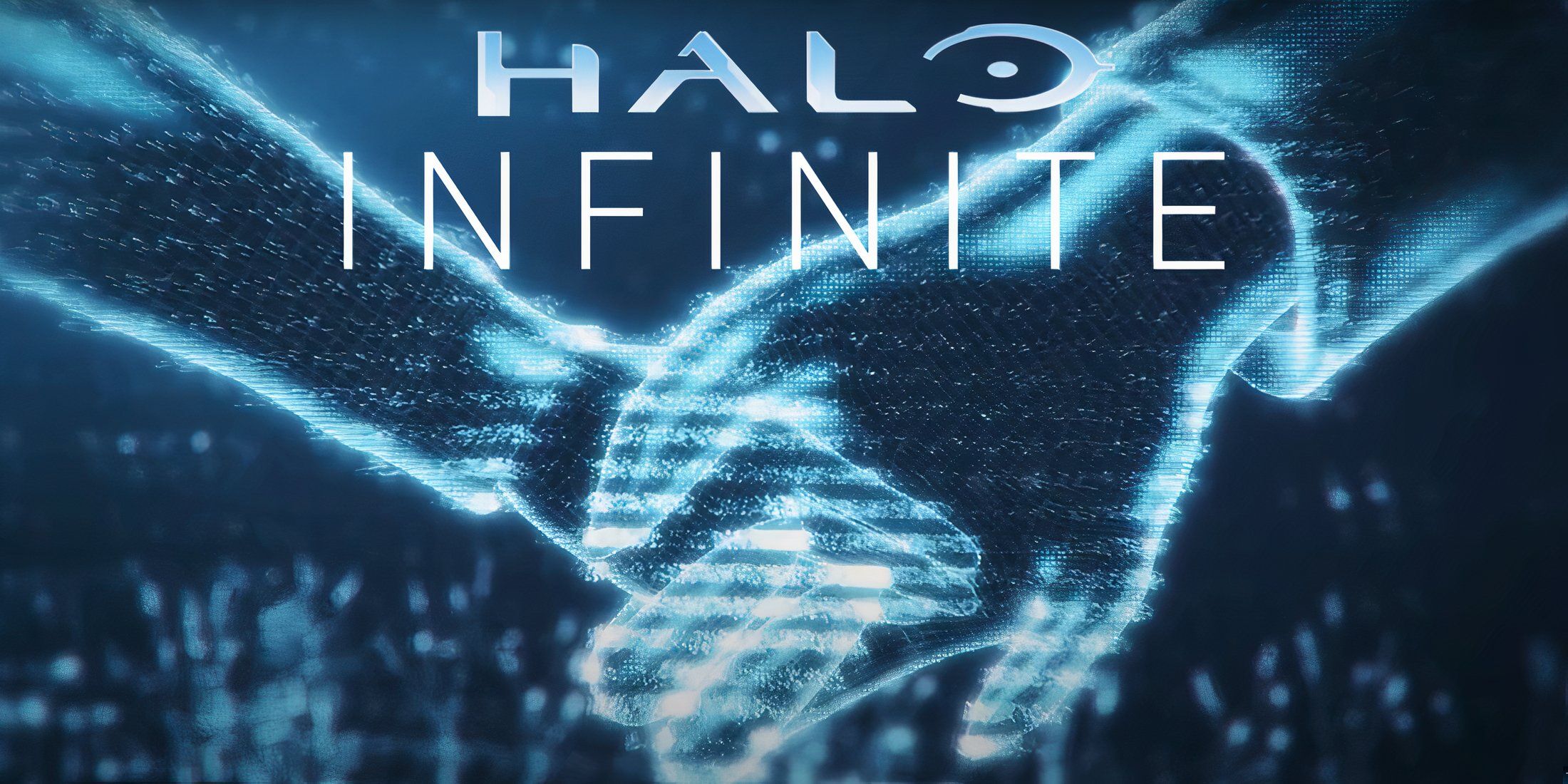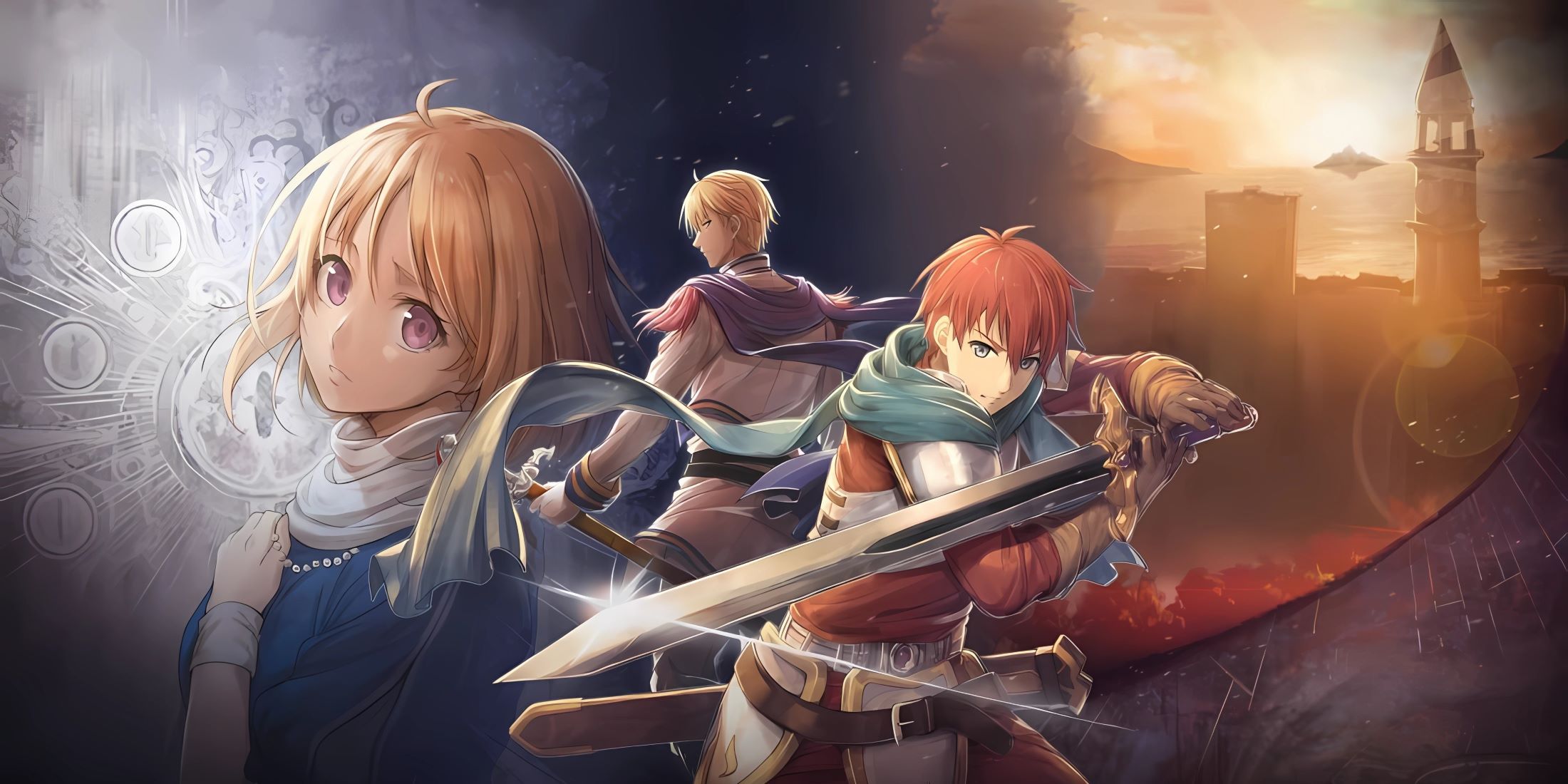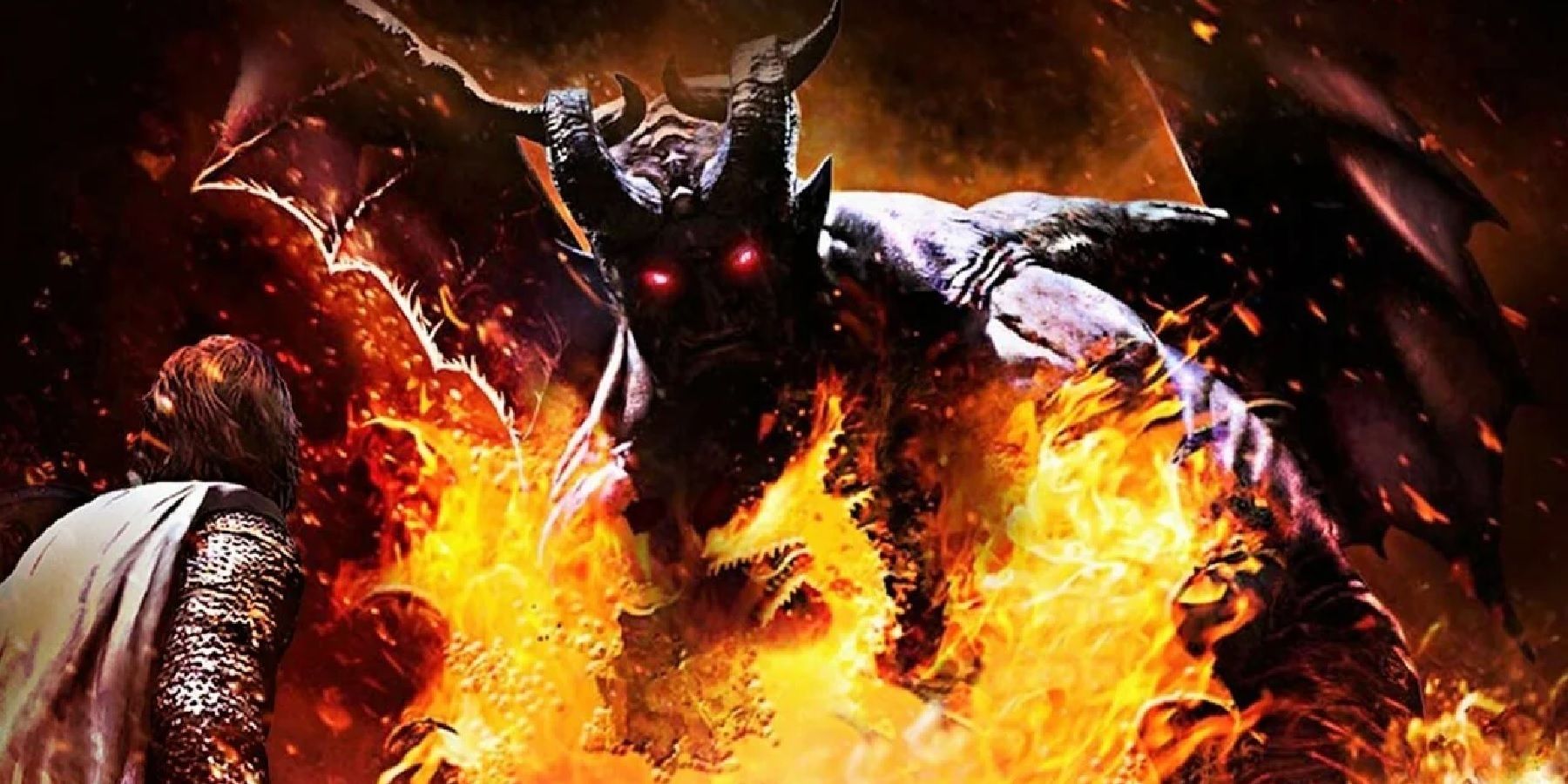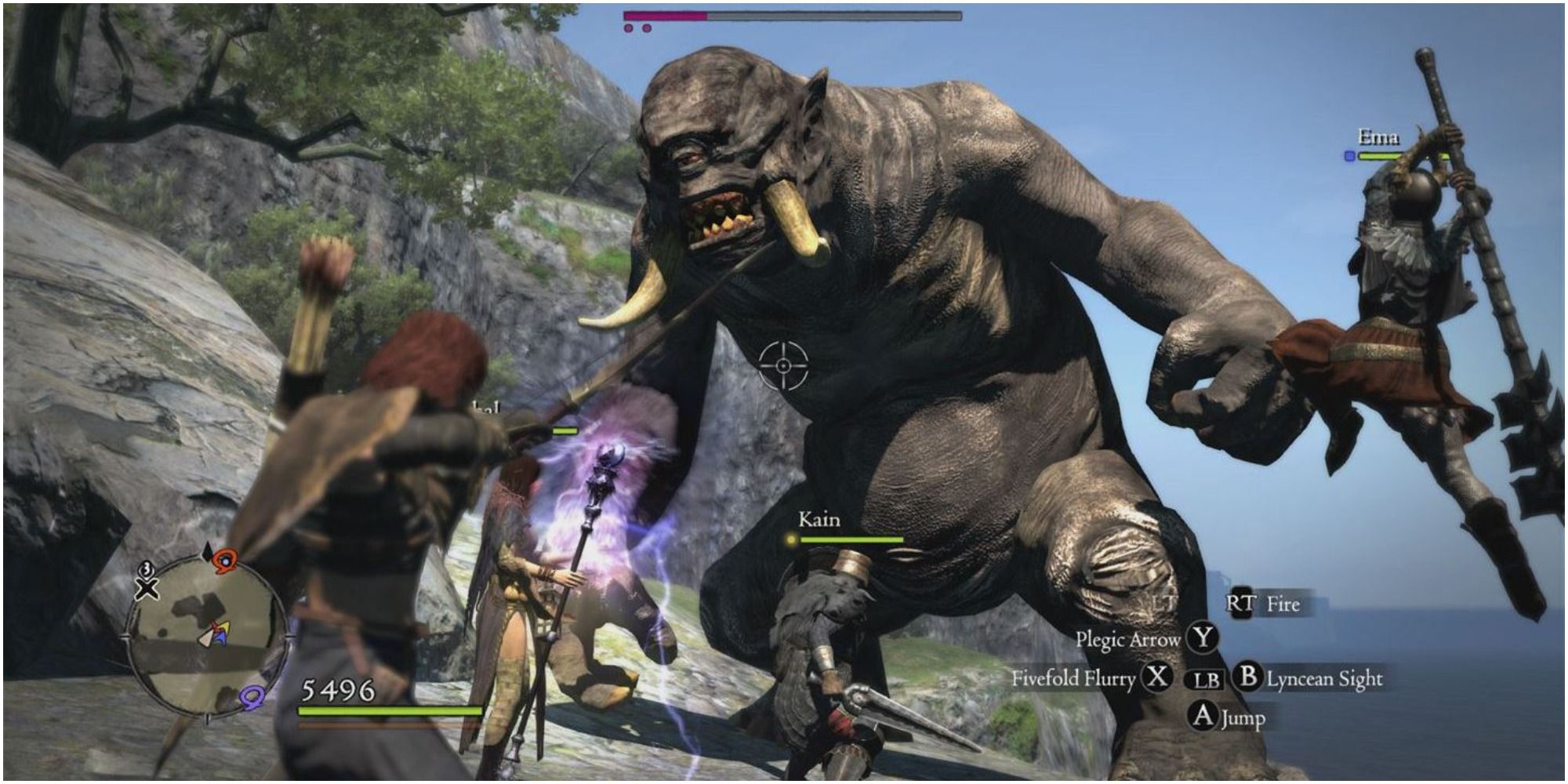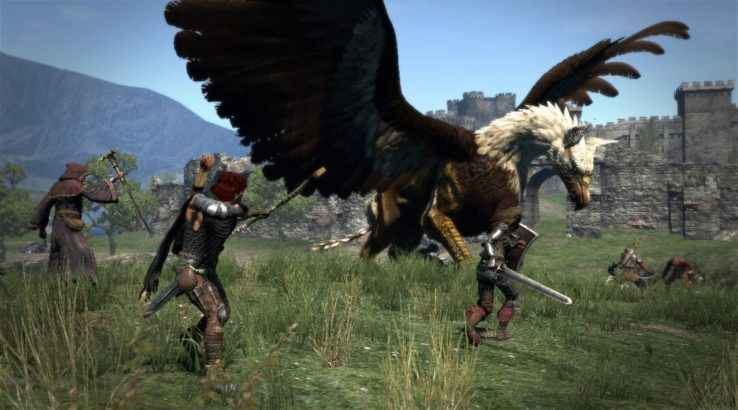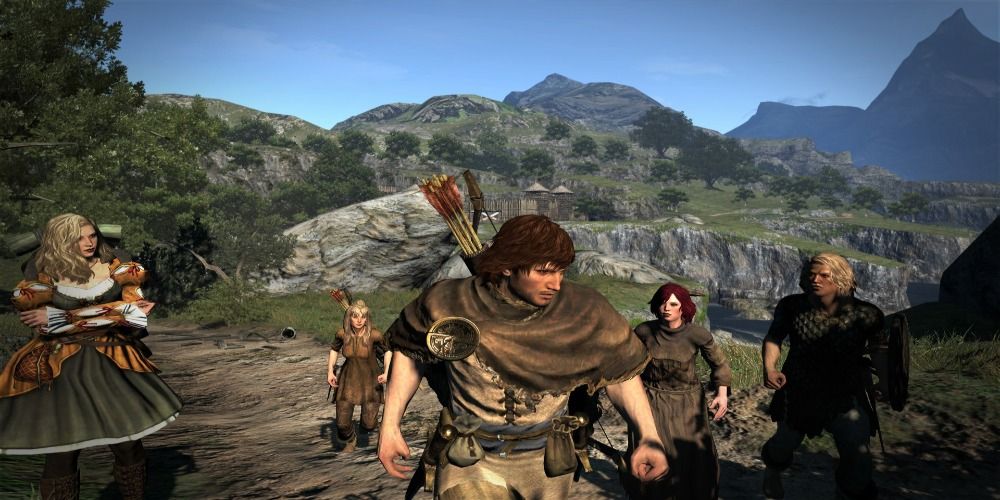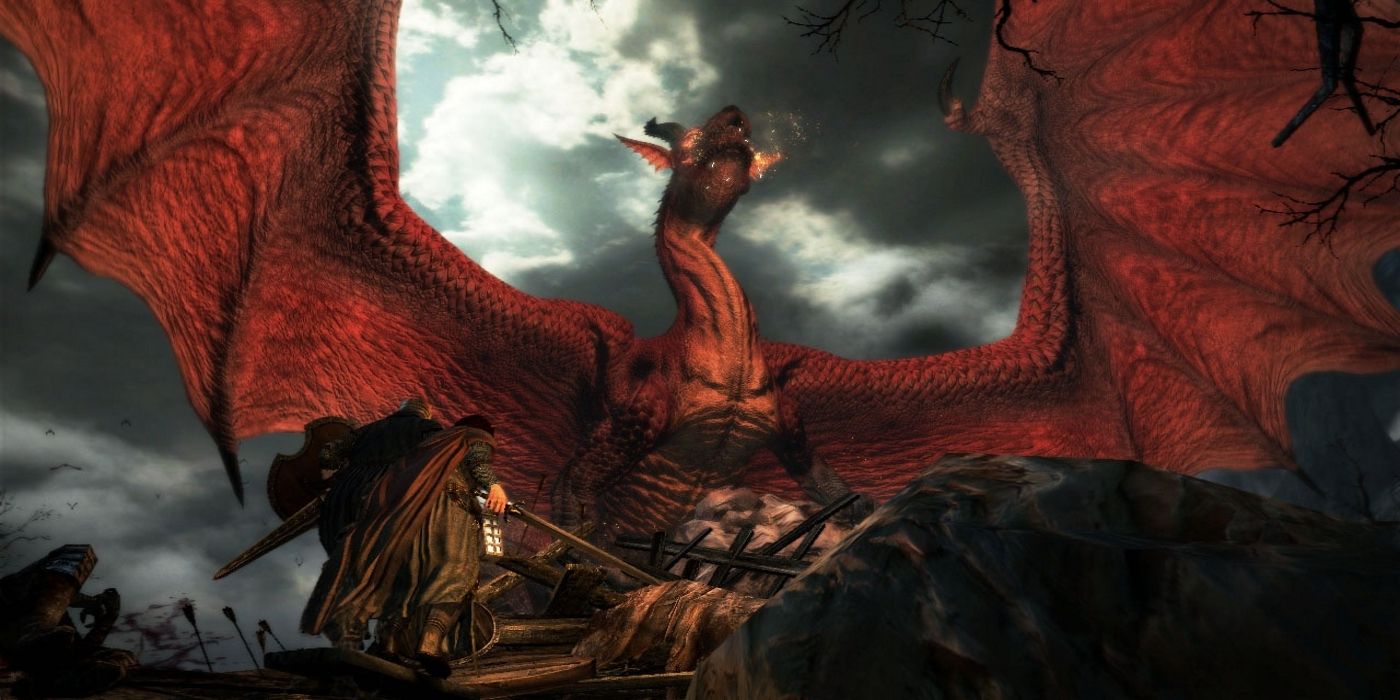Long before Capcom tried its hand at bringing the Monster Hunter series into a more open-world style, the developer took its first steps into a serious open world in 2012 with Dragon's Dogma. Even 10 years later, the world-building, combat, and character creation in Dragon's Dogma have absolutely stuck with players as it remains a mainstay of the genre.
Given the success of Dragon's Dogma, it's strange that Capcom still hasn't turned this cult classic into a series of open worlds or many more additional expansions. While there was one expanded re-release in the form of Dragon's Dogma Dark Arisen and a brief attempt at an MMO, continued support for the game as the series it could have been seems to have ended there. Nonetheless, with Dragon's Dogma released ten years ago today on May 22, 2012, it's worth looking back at what made this game so special (and continues to do so).
How Dragon's Dogma Still Holds Up
For players still looking for a quality open-world game, either after completing Elden Ring or while still waiting for Elder Scrolls 6, it could be difficult to find another game from the last ten years that holds up as well as Dragon's Dogma. This is thanks to many features that work together in the original game, which were expanded on further with the Dark Arisen re-release. One of the most notable ways that the game manages to stand out within the genre is through the open world itself and, specifically, the way that players are tasked with exploring it.
While there is a fast travel system in Dragon's Dogma, it is unlocked relatively late and requires a certain amount of work in order to both set it up and activate it. When it comes to that setup, players have to not only travel to a location before they can start fast traveling to it, but they also have to place one of the limited Portcrystals or find the pre-placed crystal in key locations. Then beyond setting up travel locations, the Ferrystones that activate the teleportation are also limited, in a similar manner to the recent Horizon Forbidden West's Fast Travel Packs.
It managed to find a perfect middle ground between the accessibility granted by an immediate fast travel system, while also limiting its use in exchange for giving players more control over where to arrive. This is one of the few systems, either before or since, that gave players complete control over where they wanted to fast travel, including directly to the end of some dungeons. The result is a counter built directly into Dragon's Dogma to arguments like Skyrim's fast travel causing players to not explore enough or Elden Ring's Sites of Grace being sprinkled too liberally across the map. There are exactly as many teleport locations as any given player needs, letting everyone build their own map the way they prefer.
Dragon's Dogma Elevated Capcom's Combat
Up until the release of Dragon's Dogma, the combat in Capcom titles had been, well...fantastic. The developer in 2012 had already been a legend with series like Devil May Cry and Monster Hunter, seemingly guiding trends in Hack-and-Slash combat and boss design. So, to claim that Dragon's Dogma with much slower, less flashy animations and access to spells and archery that lets the player sit back and fight from a distance might seem like overselling. However, the game does hold its own inspirations on its sleeve and takes risks in ways that helps Dragon's Dogma hold up ten years later.
One combat mechanic that stands out in particular is the ability to grab onto larger monsters and crawl all around them, while stabbing a weapon into them similar to Shadow of the Colossus. Again to draw from Team Ico's iconic monster stabbing simulator, Dragon's Dogma's monsters have certain weak points that can be attacked and even crippled by crawling on them. All of this is on top of the ability to just run up to an enemy and hit it with a weapon, or stand back and snipe it with a bow while the summoned allies take aggro.
Character Creation Succeeds Beyond the Single Player Experience
The character creator is likely the one aspect of Dragon's Dogma that most players still remember even after having not played it in the ten years since it launched. This isn't necessarily because customizing the player is uniquely in-depth, but instead because every playthrough asks the player to create two characters right at the start. After making both characters, one will act as the protagonist, while the other is a more restricted fighter that acts as a customizable partner that players can alter however they want. It's unlike the way other party-based games like Dragon Age build companions.
Players aren't limited to only one player-made partner, instead having a party of up to three extra companions. However, instead of being given two extra companions from a pre-built list of characters dreamed up by the developers, online players can call on ones created by others. There are some companions that can be grabbed from a premade list for offline players, but being able to play alongside characters made by other players immediately united the community at launch. It doesn't go as far as a Soulslike multiplayer, instead creating a more disconnected Death Stranding-ish multiplayer.
The Story Starts With a Lived Betrayal that Continues Beyond the Credits
Outside heaping praise on the combat and character creation, there is still one place that Dragon's Dogma falls short, especially when compared to other games from developer Capcom. While the customizable characters are intriguing, many of the named NPCs that wander the world are less impressive. However, the end of Dragon's Dogma's story and the reveals shown there are strong enough to cap off the otherwise minimalist adventure.
Specifically speaking, this reveal is how the game starts by having the player controlling a pre-made character who is then never seen again, right up until the end. It is then shown that this character has become somewhat of a watchful overseer who guides the world from an ethereal plane. However, one of the biggest moments of the game comes after the player continues beyond that ending and into a New Game Plus, where reaching this final boss again pits the player against their own previous character. This fully solidifies the endless cycle that the story was already trying to expose.
Beyond all of these end-game twists, there is then the postgame dungeon and a second reveal seen after failing to kill the character currently masquerading as a god-like guide. These revelations still remain as one aspect of the game that fans are excited to see iterated on in Dragon's Dogma 2. So, even if the story was underwhelming, the world and the lore around the story has still managed to stick with players ten years later.
Dragon's Dogma is available now for PC, PS3, PS4, Switch, Xbox 360, and Xbox One.

